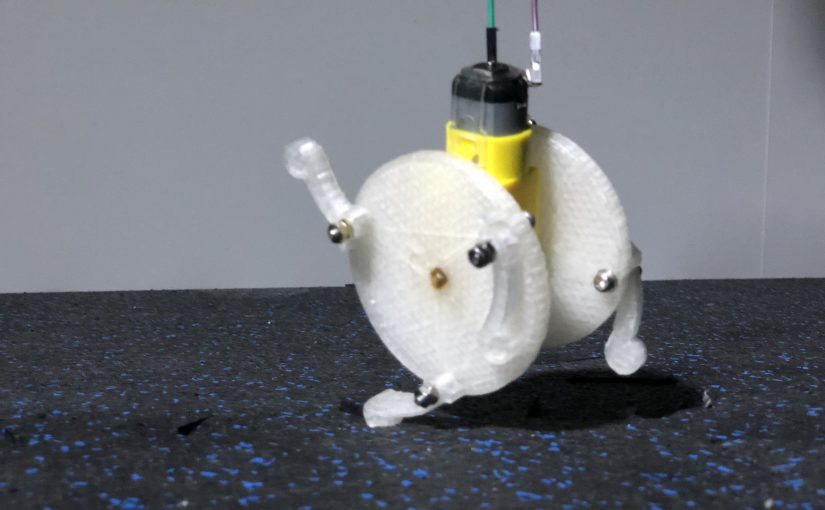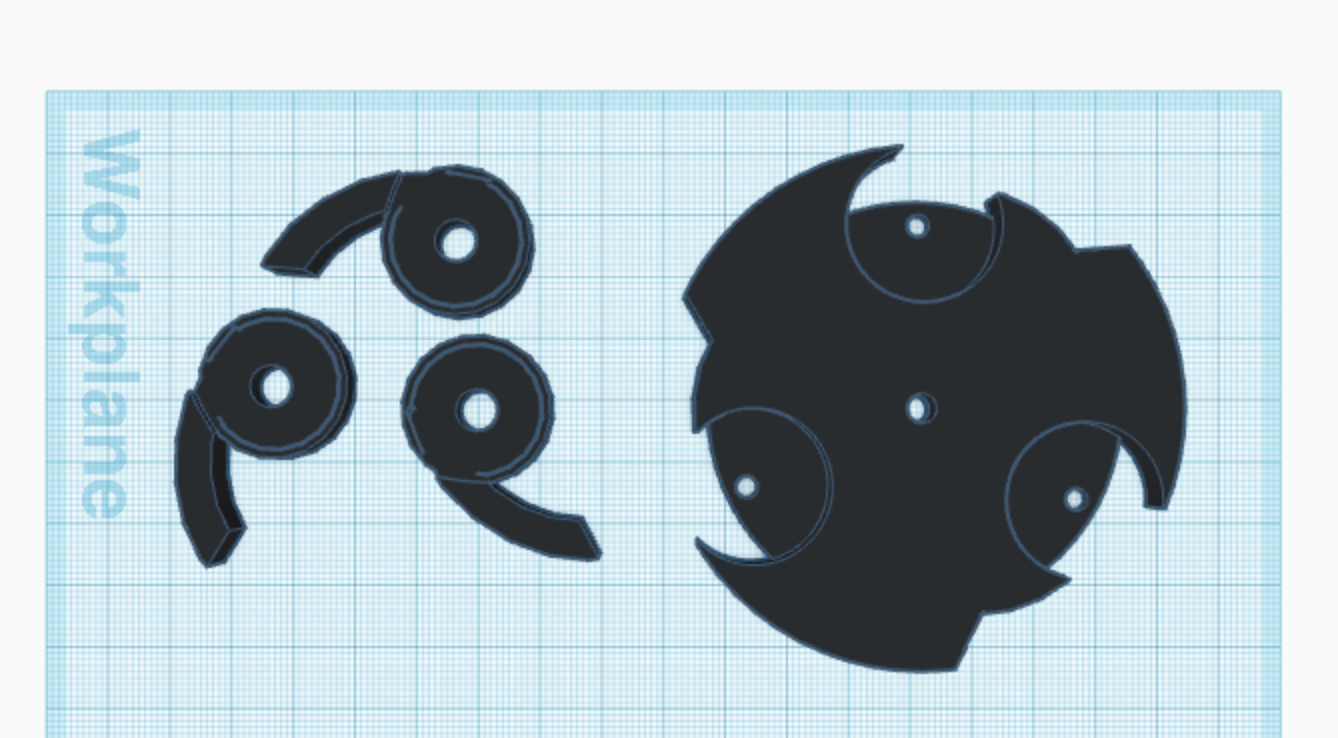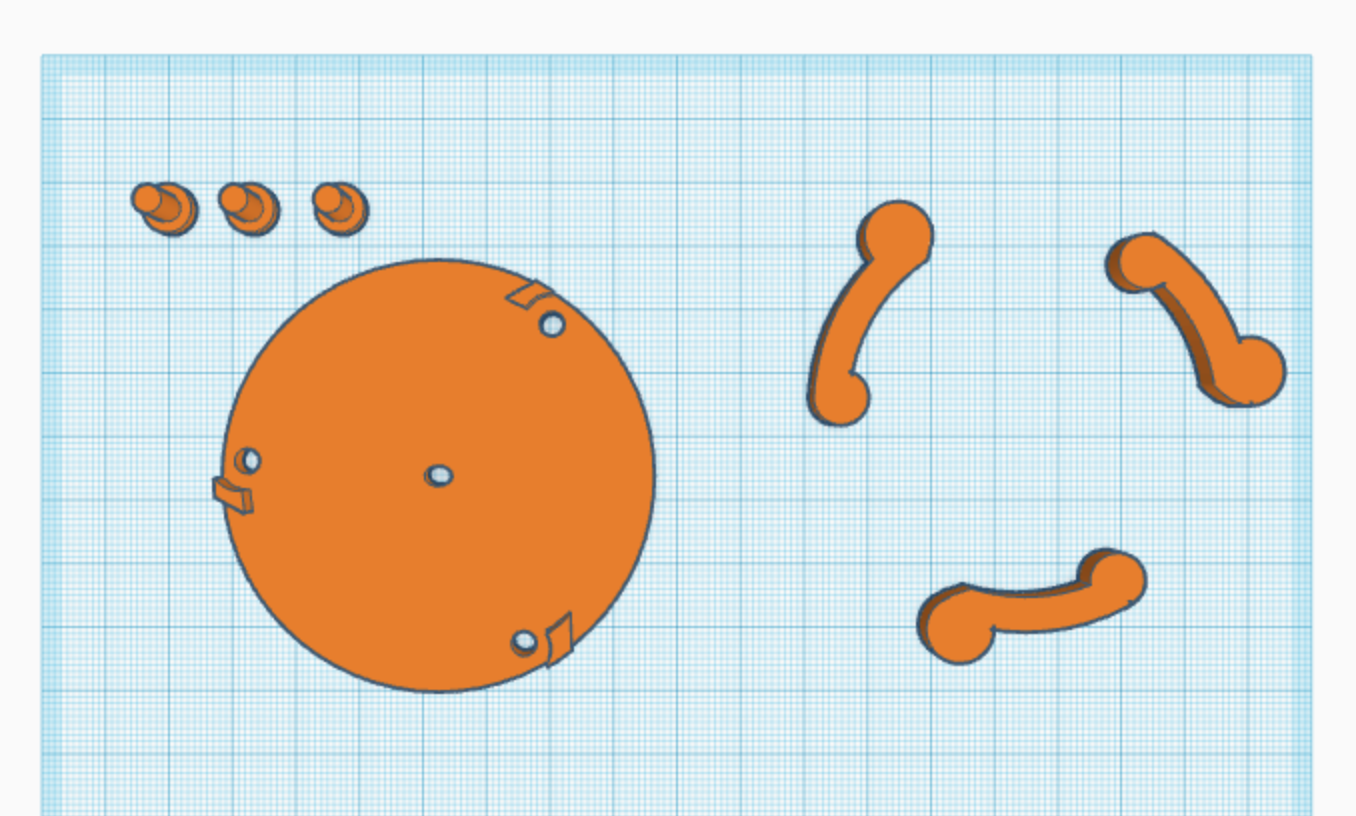The Human + Series proved to be an exhibition that questions the inclusiveness of interactivity by which a prosthetic is involved in one way or another. The deeper insight to this, however, would be the social and ethical issues that would arise from modifications introduced to the human body. Will this aid us in becoming more efficient with our daily work or cause a social divide?
I think these are questions that many of us have unanswered. But, let’s take a step back and take a look at what advancements we have achieved to date.
One of the installation that struck me greatly was this.  Titled: TRANSFIGURATIONS by Agatha Haines, 2013.
Titled: TRANSFIGURATIONS by Agatha Haines, 2013.
It was startling to me because of how far we have come to accept bodily modifications in 2017. Not long before this, we were still against this idea. But it seems that it has become increasingly alright to be bionic.
Agatha’s work challenges the notion of bodily modification and how far a parent would give an edge to their child. And I think that the different examples presented were shocking enough to make me question the future existence of such beings.


As an installation, this totally works because of how realistic yet gruesome this looks but it also harps on the very emotions from within; a struggle between letting a child live with a disorder or be “modified” so that they can live a “normal” life.
I think that we should not allow this to happen, and even if we do, it should be a physical add-on that helps with the daily functioning of the body.
I’ve been inspired to continue this series, so look out for this page to find updated content related to this topic!







